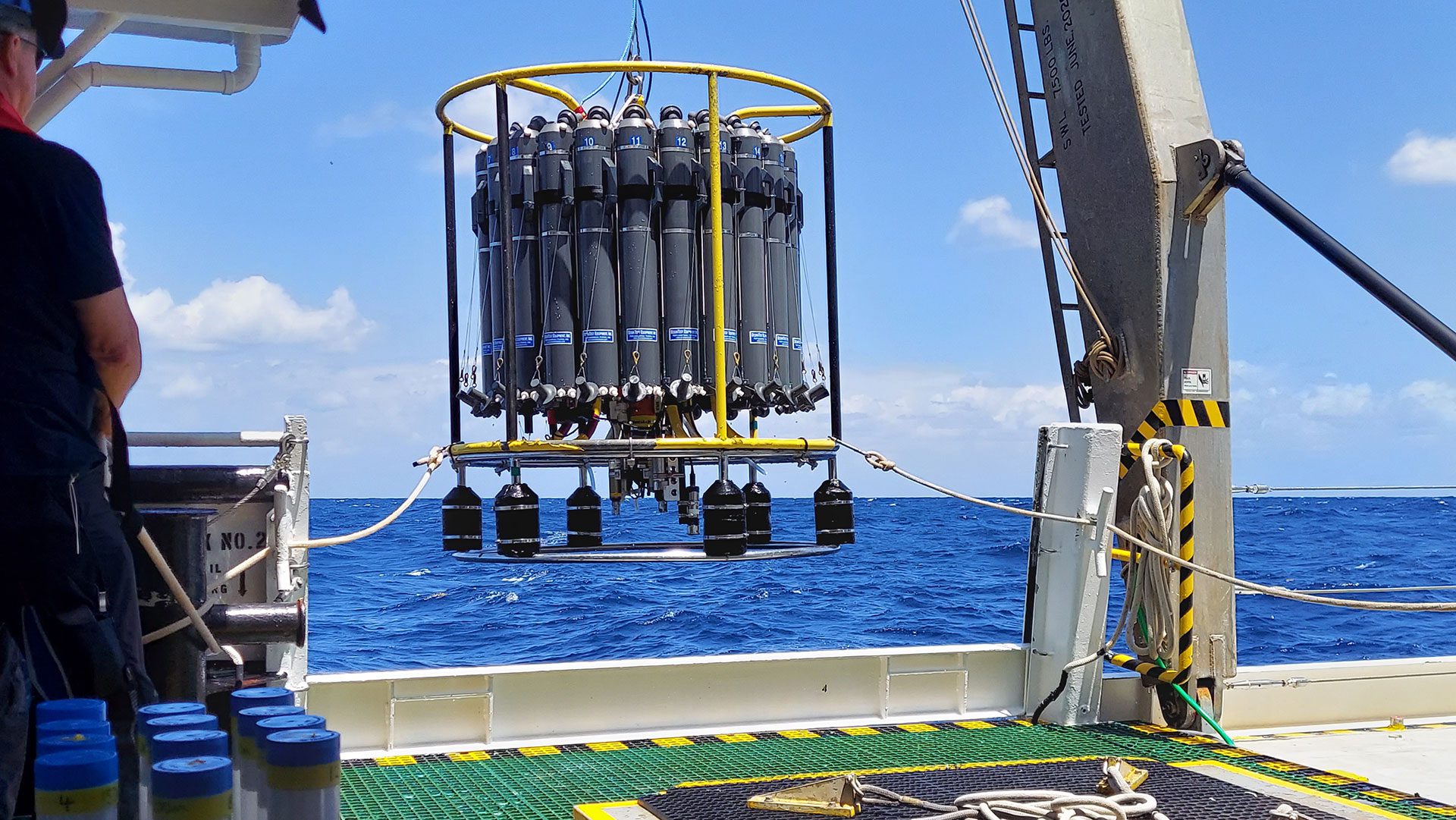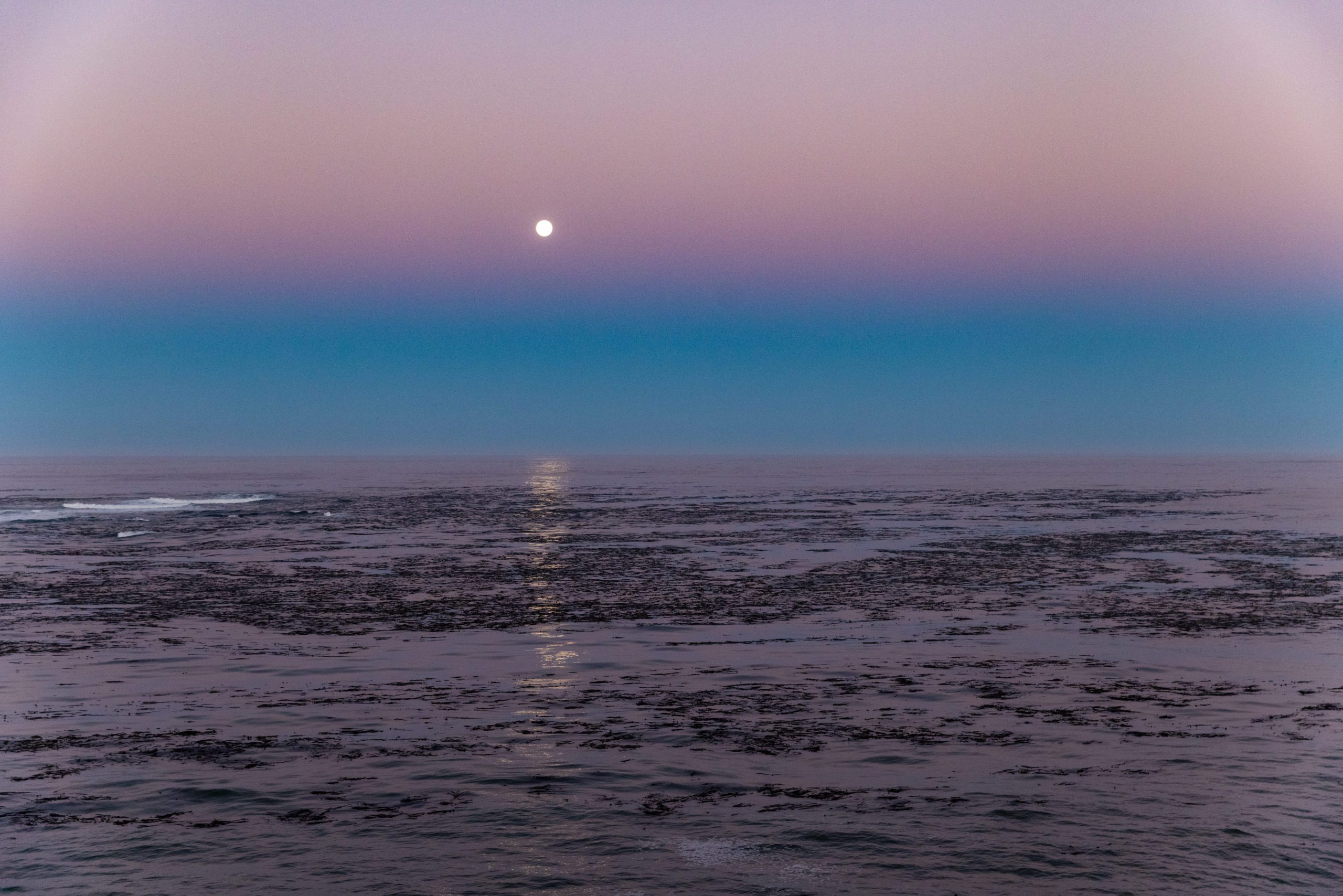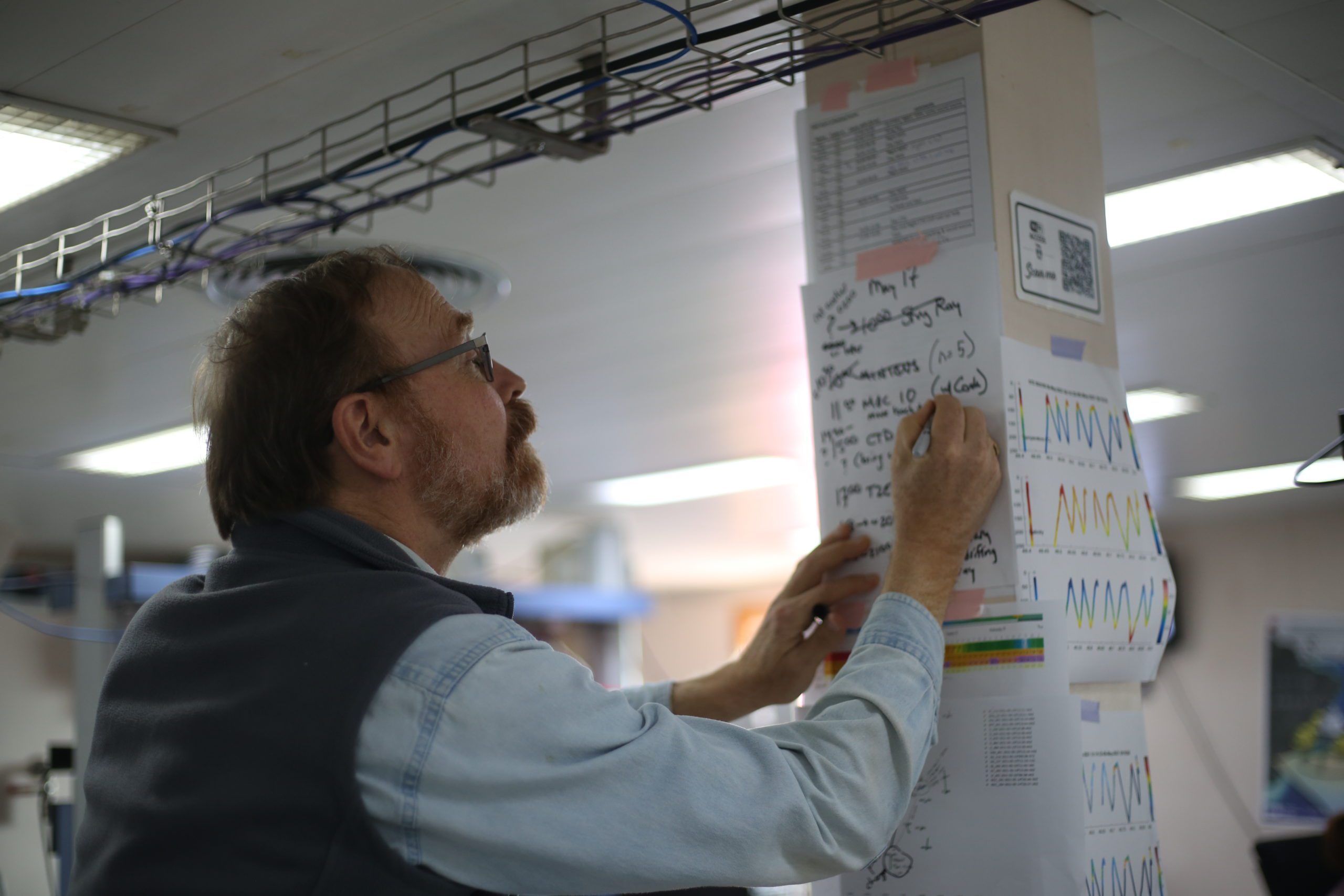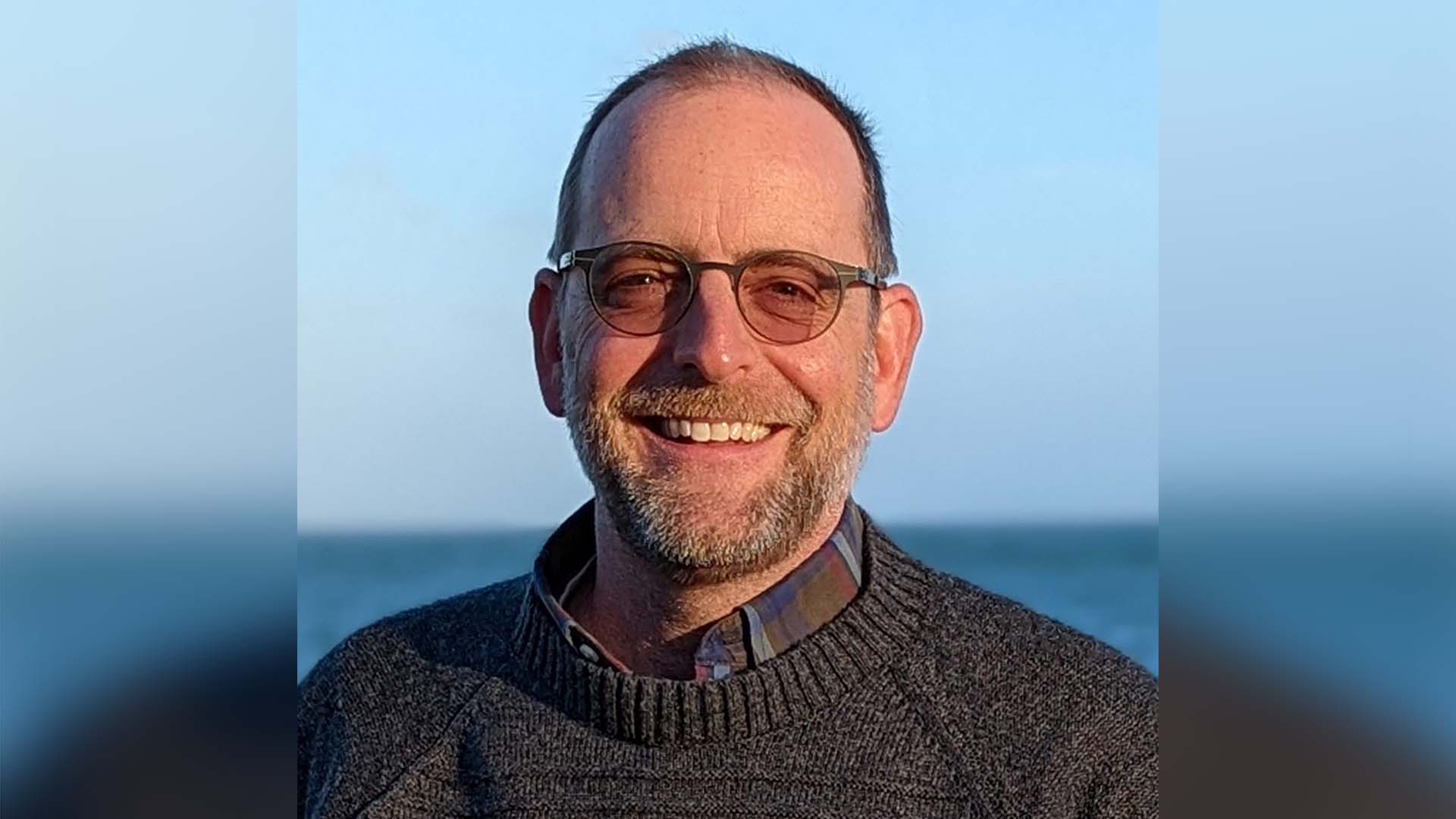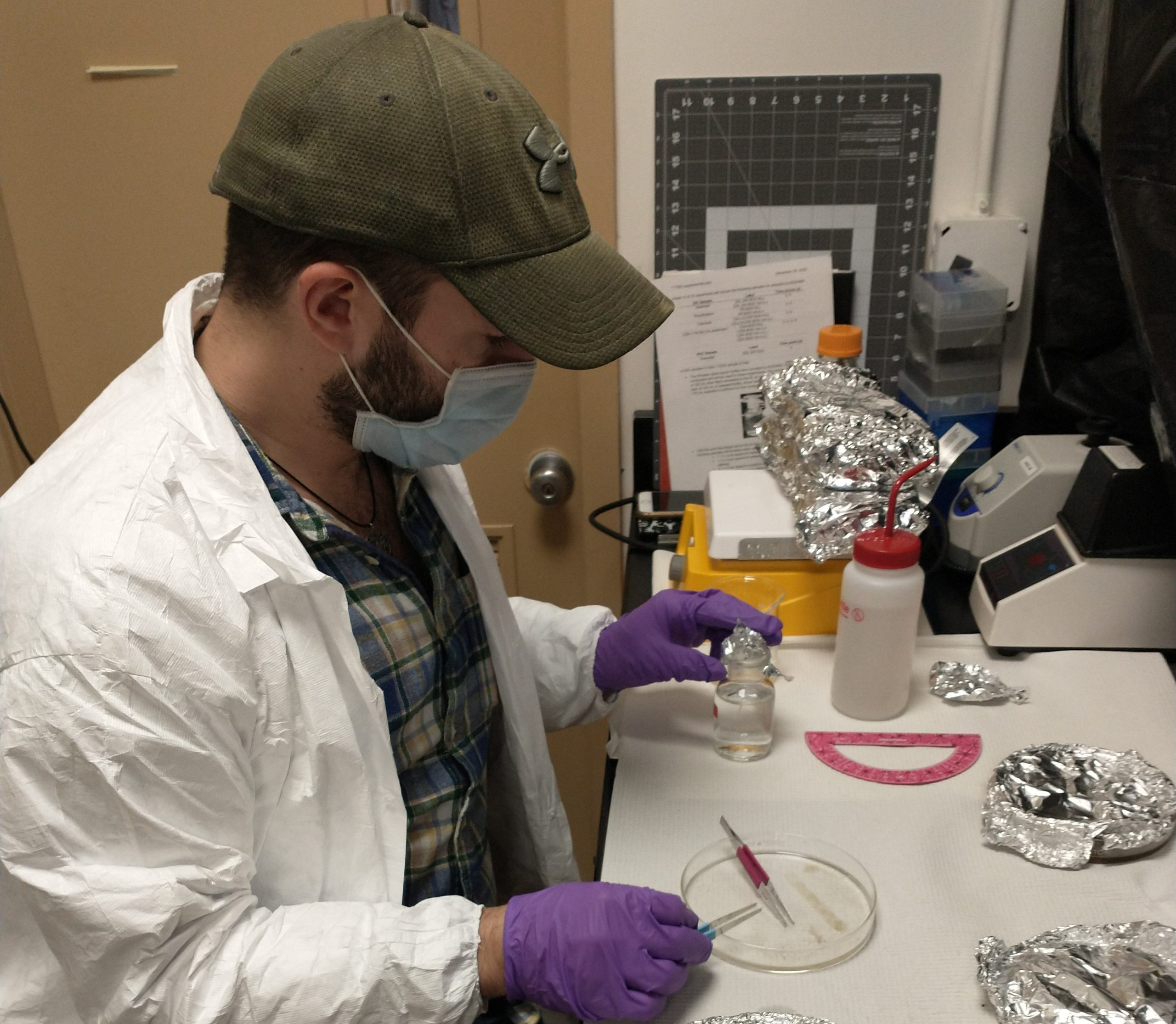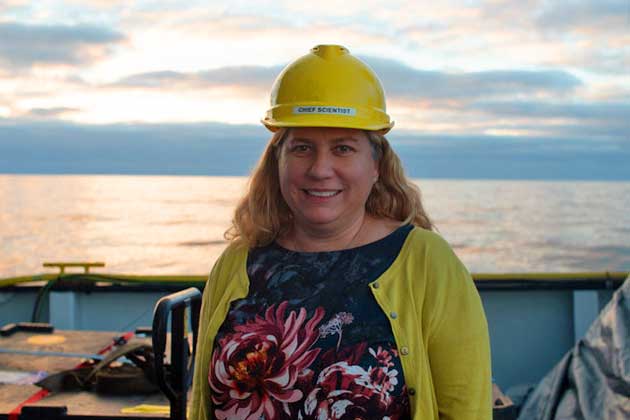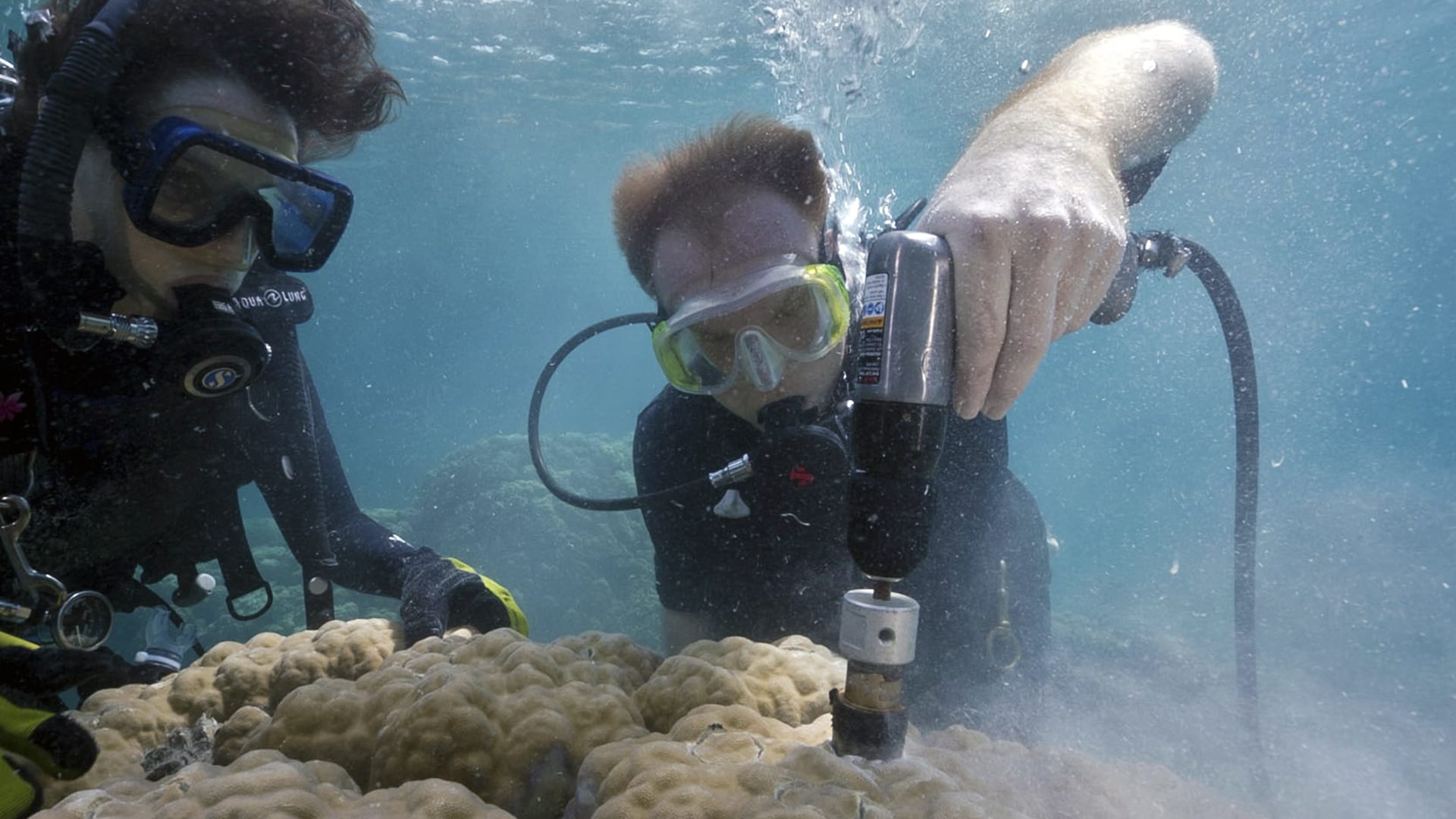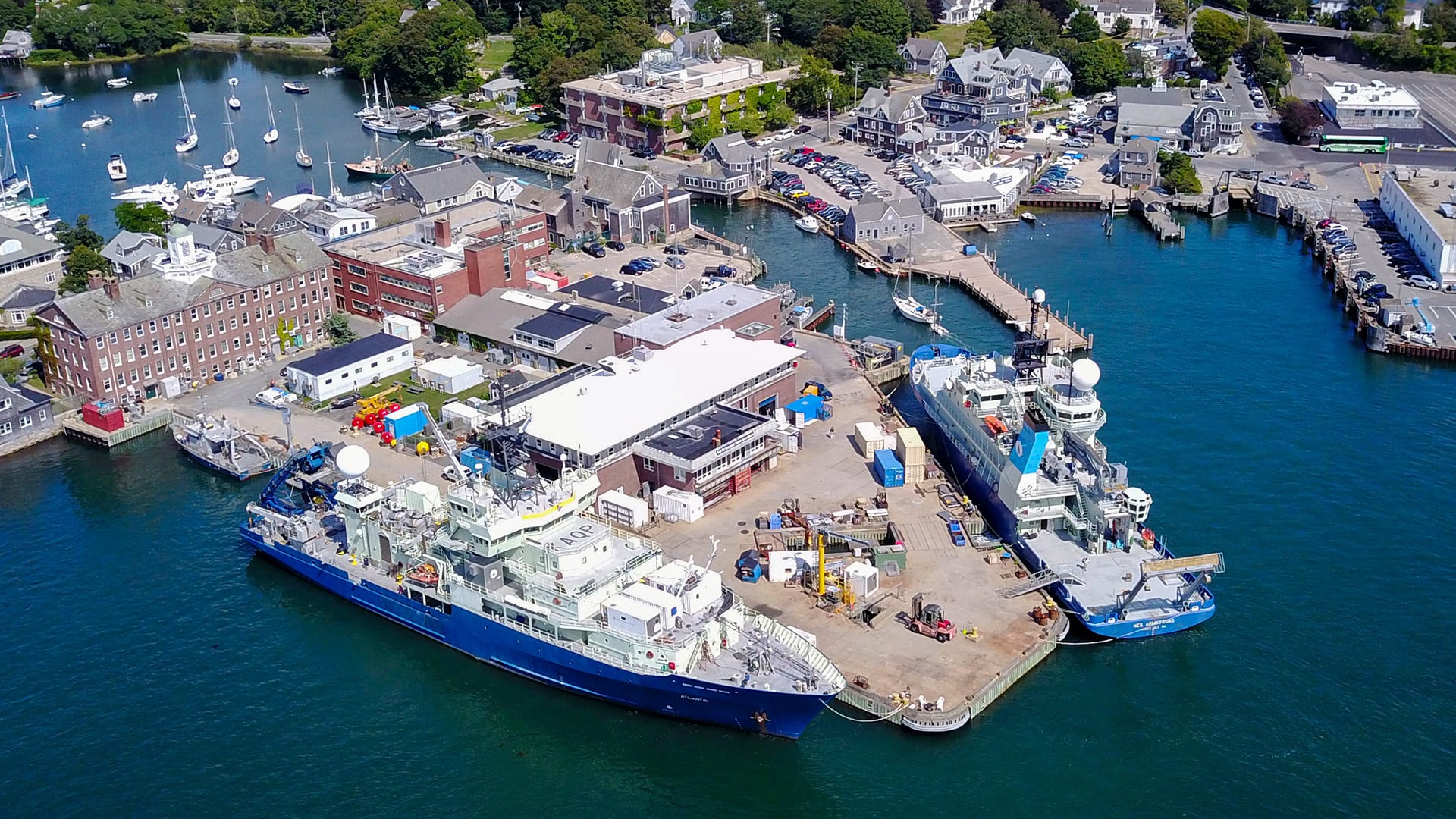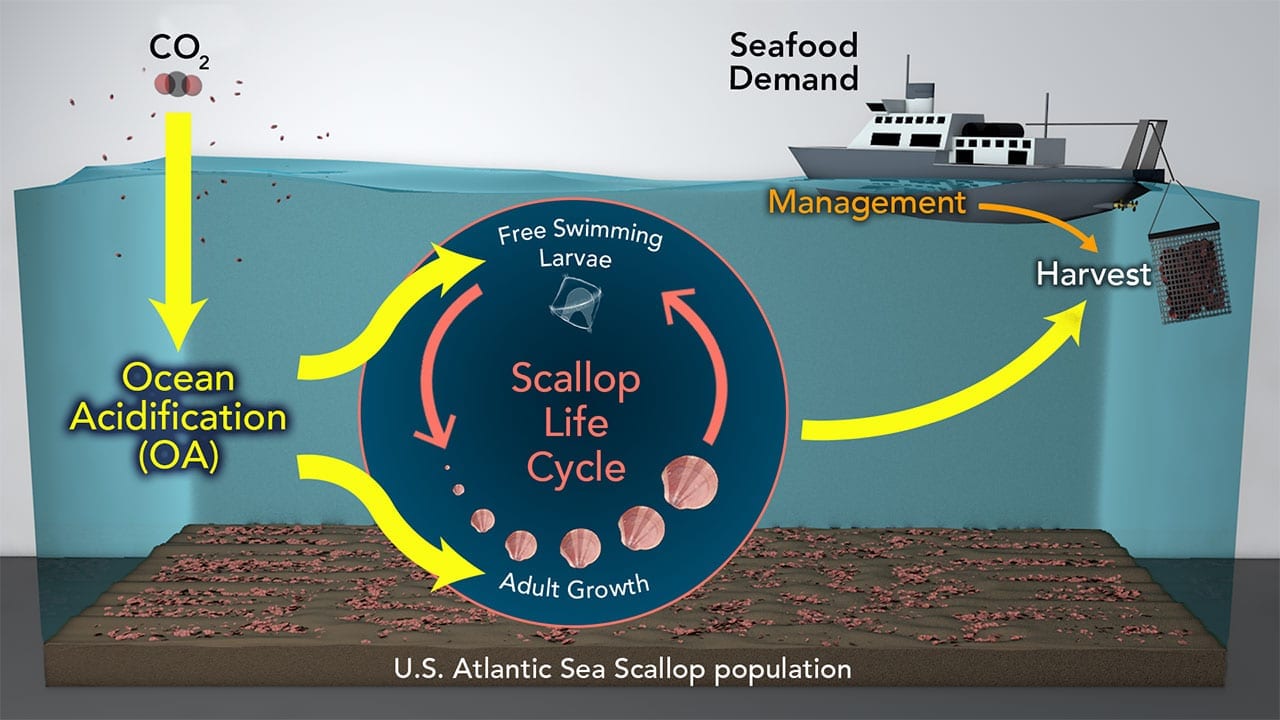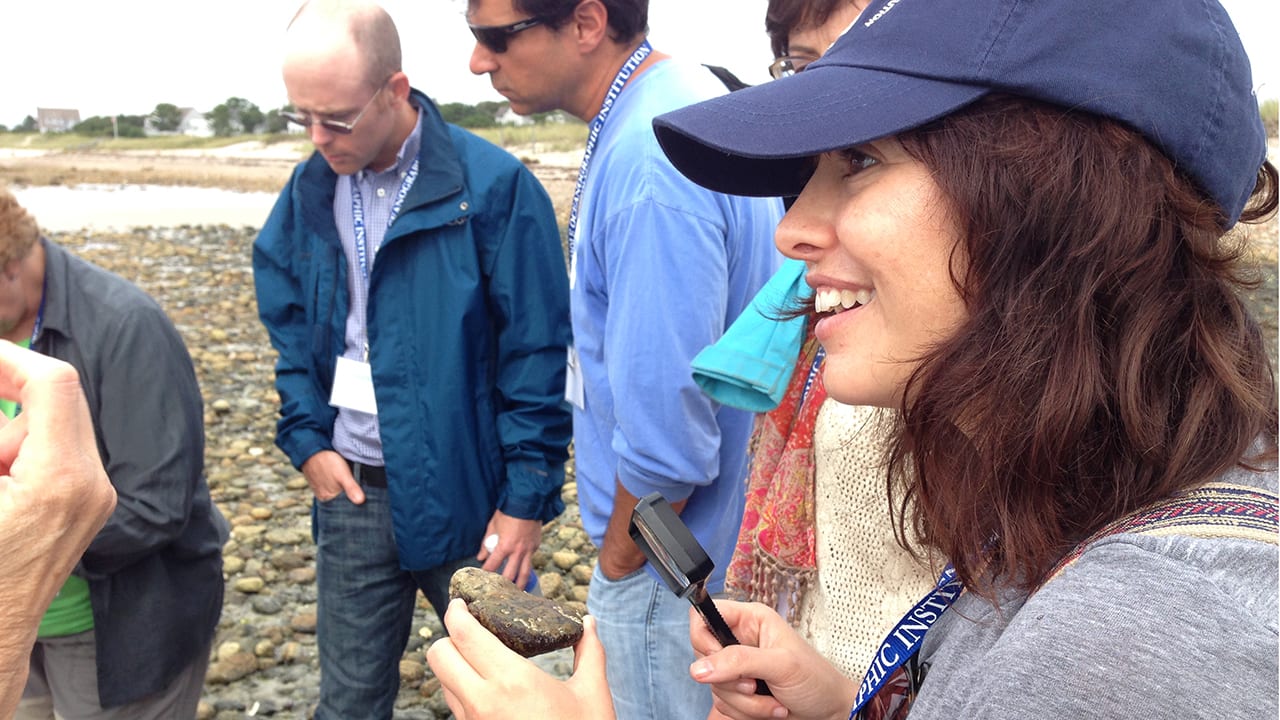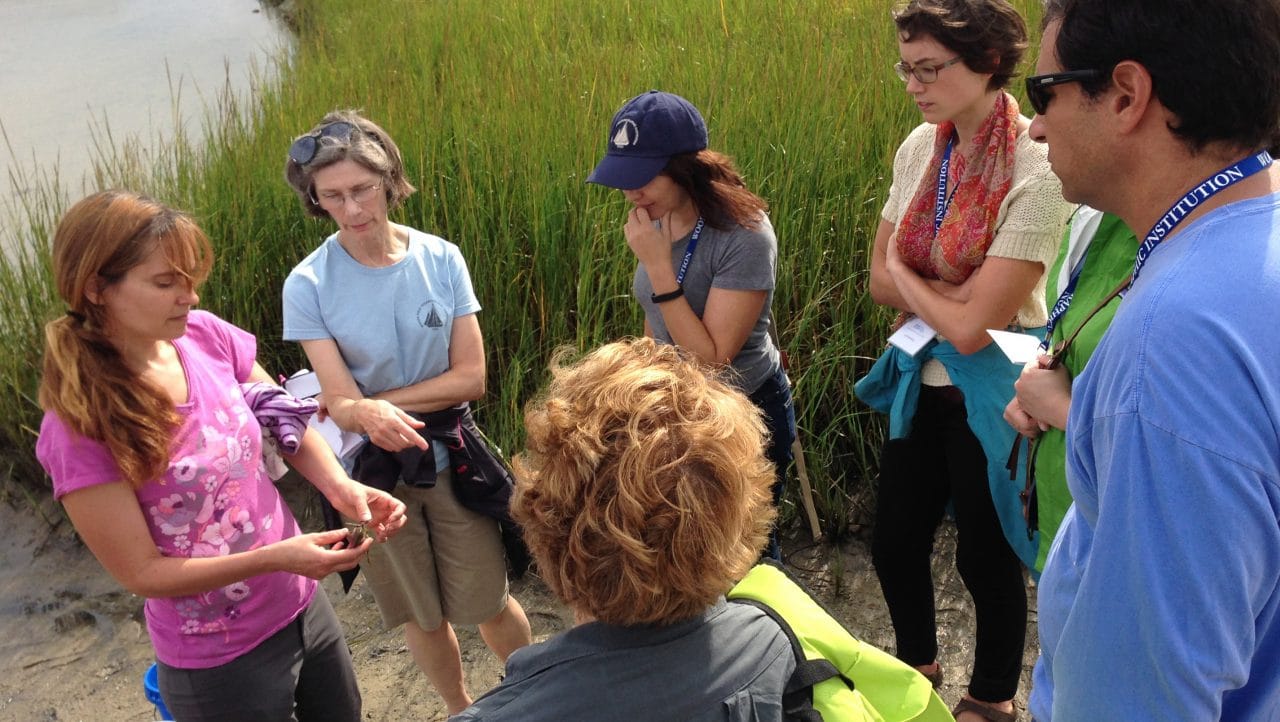News Releases
A Better Understanding of Gas Exchange Between the Atmosphere and Ocean Can Improve Global Climate Models
If scientists can improve the way models represent physical processes such as gas exchange, they can have more confidence in future simulations.
Read MoreWoods Hole Oceanographic Institution and collaborators launch world’s largest kelp map
To further investigate and track kelp growth and survival over time, Woods Hole Oceanographic Institution, The Nature Conservancy, University of California Los Angeles, and the University of California Santa Barbara have launched the world’s largest map of kelp forest canopies extending from Baja California, Mexico to the Oregon-Washington border.
Read MoreWHOI’s Ken Buesseler named Geochemistry Fellow
Dr. Ken Buesseler has been selected as a Geochemistry Fellow by the Geochemical Society and the European Association of Geochemistry.
Read MoreBen Van Mooy awarded by Association for the Sciences of Limnology and Oceanography
WHOI senior scientist and Dept. Chair honored for phosphorus and lipid cycling research
Read MoreStudy finds bio-based cellulose acetate plastic used in consumer goods disintegrates in ocean much faster than assumed
Woods Hole, MA — Cellulose diacetate (CDA), a bio-based plastic widely used in consumer goods, disintegrates, and degrades in the ocean far quicker than previously assumed, according to a new…
Read MoreWoods Hole Oceanographic Institution appoints new Chief Scientist for National Deep Submergence Facility
Anna Michel aboard the R/V Falkor for the Hunting Bubbles Cruise to the Cascadia Margin in 2018. The ROV Sebastian was used to investigate the transfer of methane from the…
Read MoreThe $500 billion question: what’s the value of studying the ocean’s biological carbon pump?
A new study puts an economic value on the benefit of research to improve knowledge of the biological carbon pump and reduce the uncertainty of ocean carbon sequestration estimates.
Read MoreOcean acidification causing coral ‘osteoporosis’ on iconic reefs
Scientists have long suspected that ocean acidification is affecting corals’ ability to build their skeletons, but it has been challenging to isolate its effect from that of simultaneous warming ocean…
Read MoreWoods Hole Oceanographic Institution Elects New Trustees and Corporation Members
The Board of Trustees of Woods Hole Oceanographic Institution (WHOI) announced today the election of two new trustees and nine new corporation members. The new trustees are Dr. Cullen Buie,…
Read MoreOcean Acidification May Reduce Sea Scallop Fisheries
Each year, fishermen harvest more than $500 million worth of Atlantic sea scallops from the waters off the east coast of the United States. A new model created by scientists…
Read MoreScientists Pinpoint How Ocean Acidification Weakens Coral Skeletons
The rising acidity of the oceans threatens coral reefs by making it harder for corals to build their skeletons. A new study identifies the details of how ocean acidification affects coral skeletons, allowing scientists to predict more precisely where corals will be more vulnerable.
Read MoreWHOI Announces 2017 Ocean Science Journalism Fellows
Eight writers, radio, and multimedia science journalists from the U.S., Canada, England, and India have been selected to participate in the competitive Woods Hole Oceanographic Institution (WHOI) Ocean Science Journalism Fellowship program. The program takes place September 10-15, 2017, in Woods Hole, Mass., on Cape Cod.
Read MoreWHOI Announces 2016 Ocean Science Journalism Fellows
Seven writers, radio, and multimedia science journalists from the U.S., England, and India have been selected to participate in the competitive Woods Hole Oceanographic Institution (WHOI) Ocean Science Journalism Fellowship program. The program takes place September 25-30, 2016, in Woods Hole, Mass., on Cape Cod.
Read More’Plankzooka’ Larval Sampler May Revolutionize Deep-Ocean Research
Scientists have successfully conducted the first high-volume collection of plankton, including animal larvae, from the deep ocean using a new sampling device mounted on a robotic submarine.
Read MoreWHOI Announces 2015 Ocean Science Journalism Fellows
Seven writers and multimedia science journalists from the U.S. have been selected to participate in the competitive Woods Hole Oceanographic Institution (WHOI) Ocean Science Journalism Fellowship program. The program takes place September 13-18, 2015, in Woods Hole, Mass., on Cape Cod.
Read MoreRevealing the Ocean’s Hidden Fertilizer
A new study by a research team from the Woods Hole Oceanographic Institution (WHOI) and Columbia University reveals for the first time a marine phosphorus cycle that is much more complex than previously thought. The work also highlights the important but previously hidden role that some microbial communities play in using and breaking down forms of this essential element.
Read MoreSwirling Currents Deliver Phytoplankton Carbon to Ocean Depths
A new paper published March 26 in the journal Science that highlights the significant role that swirling currents, or eddies, play in pushing non-sinking carbon to ocean depths.
Read MoreWHOI Scientists Featured in ‘Women in Oceanography: A Decade Later’
Thirteen scientists from the Woods Hole Oceanographic Institution (WHOI) are featured in the new publication “Women in Oceanography: A Decade Later,” which reviews the progress made over the last 10 years in addressing barriers to career advancement for female oceanographers.
Read MoreStudy Finds Deep Ocean is Source of Dissolved Iron in Central Pacific
A new study led by scientists at the Woods Hole Oceanographic Institution (WHOI) points to the deep ocean as a major source of dissolved iron in the central Pacific Ocean. This finding highlights the vital role ocean mixing plays in determining whether deep sources of iron reach the surface-dwelling life that need it to survive.
Read MoreNew Study Finds Oceans Arrived Early to Earth
Earth is known as the Blue Planet because of its oceans, which cover more than 70 percent of the planet’s surface and are home to the world’s greatest diversity of life. While water is essential for life on the planet, the answers to two key questions have eluded us: where did Earth’s water come from and when?
Read MoreScientists Apply Biomedical Technique to Reveal Changes Within the Body of the Ocean
For decades, medical researchers have sought new methods to diagnose how different types of cells and systems in the body are functioning. Now scientists have adapted an emerging biomedical technique…
Read MoreWHOI Announces 2014 Ocean Science Journalism Fellows
Eight writers, filmmakers, and multimedia science journalists from the U.S., England, and The Gambia have been selected to participate in the competitive Woods Hole Oceanographic Institution (WHOI) Ocean Science Journalism…
Read MoreRadioactive Ocean Website Garners Public Support
Woods Hole Oceanographic Institution (WHOI) has teamed up with the public to build the most comprehensive and up-to-date dataset on marine radiation levels in the aftermath of the 2011 Fukushima…
Read MoreThree Years after Fukushima: Tracking Radionuclides in the Pacific Ocean
Scientists have been keeping a close eye on how radionuclides from the Japanese power plant are being transported in the Pacific Ocean since the Fukushima Dai-ichi Nuclear Power Plant accident…
Read More
